India's Mars Orbiter Mission (MOM), more fondly called "Mangalyaan", is only six days away from the Red Planet, and Indians along with the Indian Space Research Organisation are buckling up to prepare for the D-Day on 24 September when it is slated to enter the Martian atmosphere.
India's First Mars Mission
The Mars Orbiter mission is India's first inter-planetary mission, and if it is successful, India will be the only country to achieve its Mars mission on the first attempt.
The United States took six attempts while Russia took ten attempts to enter their spacecrafts into Martian atmosphere. In fact, this feat, if achieved by India, will give the nation one-upmanship over China, which is yet to get its vehicle on Mars.
However, MOM will not be alone when it enters the Mars orbit on 24 September, as NASA's Mars Atmosphere and Volatile EvolutioN (MAVEN) spacecraft is scheduled to reach a little earlier and will be in orbit by 21 September.
You can COUNTDOWN to Mars with ISRO HERE.
To See Photos of Mangalyaan's Journey CLICK HERE
Why Mars?
Mars is the most sought-after planets for space missions across the world, given that it is similar to Earth in several ways, with theories of life on the planet going around for decades.
The Mars Orbiter mission is said to have two objectives – technical and scientific.
While the technical objective of ISRO behind this mission was to develop technologies for inter-planetary missions, its scientific aim is to explore the surface and atmosphere of Mars and study the mineralogy, morphology and surface features in a mission expected to last from 6 to 10 months in orbit.
MOM will also study the atmosphere of Mars, using a methane gas sniffer, in a bid to unearth presence of Martian microbes if any.
Mars exploration began in 1971, when the NASA/JPL's Mariner 9 became the first man-made object to go around the Red Planet, mapping almost 85 percent of its surface.
How Was It Set up?
The Mars Orbiter Mission was done on a ₹450-crore budget, said to be one of the most economical space missions in the world.
The cost-effective mission had prompted Prime Minister Narendra Modi to compare it to the sky-high budget of Hollywood movie "Gravity" during his speech at ISRO in June.
The entire cost of the mission is less than a sixth of the $455 million earmarked for the NASA's MAVEN.
MOM carries five scientific payloads, consisting of a camera, two spectrometers, a radiometer and a photometer to observe the Martian surface, atmosphere and exosphere extending up to 80,000 km for a detailed understanding of the evolution of the planet. Together, they have a weight of about 15 kg.
The D-Day
24 September will be the day of reckoning for Mangalyaan and India's space research programme. MOM is slated to enter the Mars orbit early that day, with the final process of the mars Orbit insertion starting at about 4: 17 am (IST) and will be completed by 7: 52 am.
This detailed chart by ISRO gives all the information you need to know –
Challenges
The most critical operation in the Mars Orbit Insertion would be reviving the LAM (the Liquid Apogee Motor) on MOM to place in Mars' orbit.
The engine has been 'sleeping' for most of its 300-days journey and the process to 'wake it up' will be the most crucial, with test-firing commands being given from 22 September.
Historically, the Indian Mars mission also faces a statistical disadvantage.
The failure rate of earlier Mars missions was almost 50 per cent. Of the 51 missions to Mars so far, only 21 have been successful.
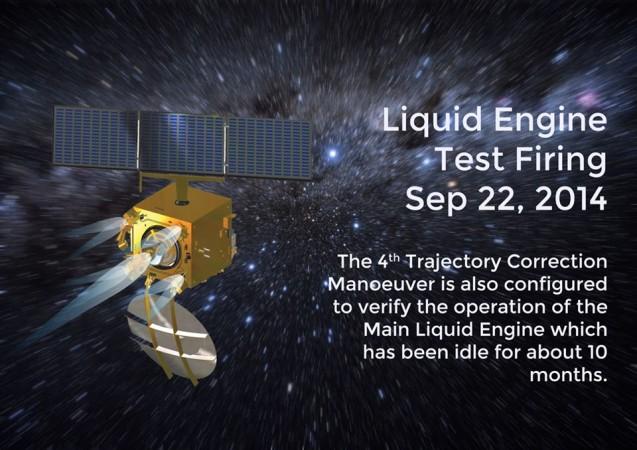
Mangalyaan's Journey in Space
Here is a timeline of the Mangalyaan after it took off last year, as per the official website of the space organization:
5 November 2013 – Mars Orbiter Mission spacecraft was successfully launched from Satish Dhawan Space Centre (SDSC) SHAR Sriharikota.
7 November 2013 – Two days later, it underwent its first 'orbit-raising maneuver', pushing it 252 kilometers away from Earth. MOM went through more such orbit-raising maneuvers in the subsequent days.
2 December 2013 – The spacecraft travelled a distance of 5,36,000 kilometers in under a month.
4 December 2013 – MOM left the Earth's Sphere of Influence that extends to about 9,25,000 kilometers.
11 December 2013 – The spacecraft underwent its first trajectory correction maneuver.
12 February 2014 – The Mars Orbiter Mission completed 100 successful days in space.
9 April 2014 – The Mars Orbiter Mission crossed half the distance to Mars, thus completing half of its almost year-long journey to the red planet.
12 June 2014 – The spacecraft covered a distance of about 466 million kilometers and reached a radio distance of 102 million kilometers from Earth. A radio signal from Earth took about 340 seconds to reach the spacecraft.
3 July 2014 – MOM covered 75 percent of its journey to Mars, thus entering the last quarter of its space travel before it enters the Mars orbit on 24 September, thus completing its 300-day journey. The spacecraft has covered 510 million kilometers.
15 September 2014 – The 'waking up' process begins after nearly 300 days of the MOM's idle journey. Uploading and verification of time-tagged commands to execute the Mars Orbit Insertion begins.
22 September 2014 – The MOM will enter the Sphere of Influence of Mars on this day, and ISRO will conduct a test-firing of the Main Liquid Engine and a trajectory correction manoeuvre.
24 September 2014 – The D-Day : MOM will enter the Mars orbit early that day, in what would become a historic moment for India and its space programme.


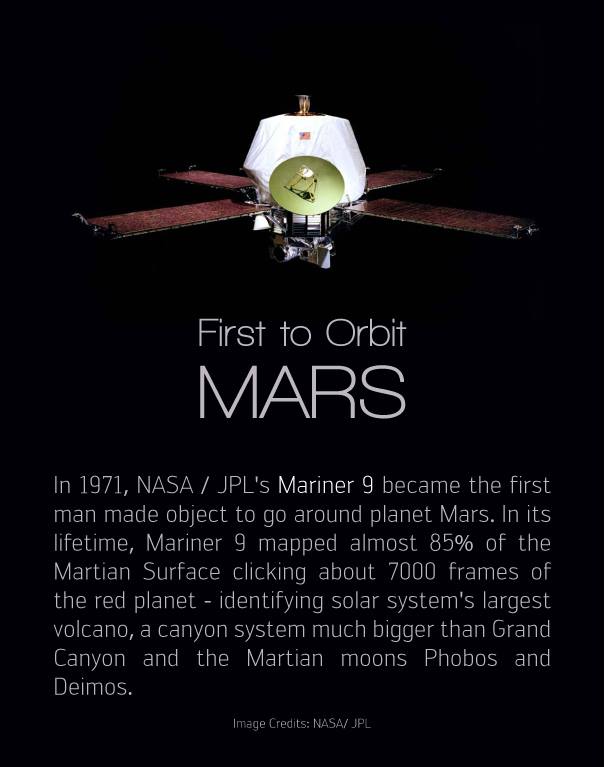




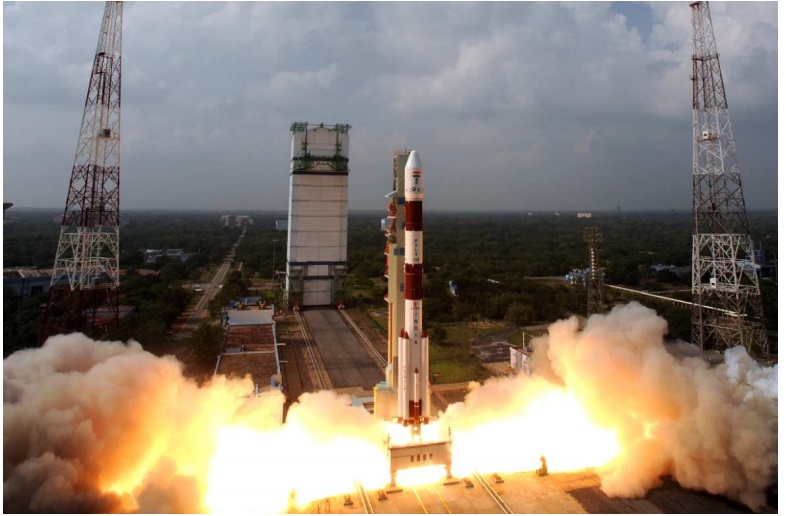


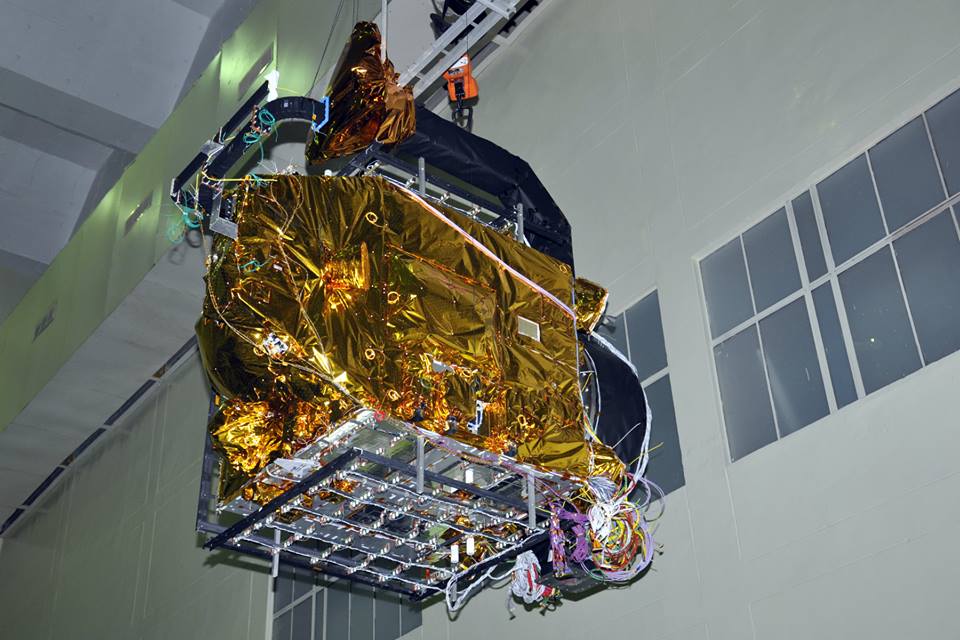

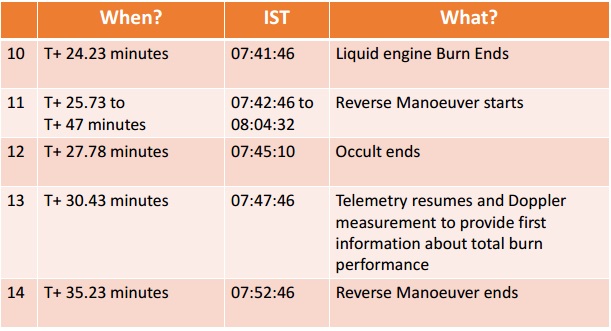



!['Lip lock, pressure, pyaar': Vidya Balan- Pratik Gandhi shine in non-judgmental infidelity romcom Do Aur Do Pyaar [ Review]](https://data1.ibtimes.co.in/en/full/797104/lip-lock-pressure-pyaar-vidya-balan-pratik-gandhi-shine-non-judgmental-infidelity-romcom.jpg?w=220&h=138)







